

Dall-E Generated Image: Battle of Tech Titans
Welcome to another edition of the Cybervizer Newsletter.
Our goal is not just to keep you updated with the latest AI, cybersecurity and other crucial tech trends and breakthroughs that may matter to you, but also to feed your curiosity.
Thanks for being part of our fantastic community!
In this edition:
Did You Know
Feature: OpenAI Going Toe to Toe with Google
Generative AI news & Bytes
Cybersecurity News & Bytes
AI Ethics News & Bytes
Power Prompt
Solution Spotlight
Social Media Images
Did You Know
Did you know that advanced AI algorithms can mimic the typing patterns and mouse movements of specific users to test the robustness of biometric security systems? These simulations help improve the detection of unauthorized users trying to mimic legitimate user behavior.
Did you know that by 2025, it's estimated that 75% of learning management systems in higher education will integrate AI for enhanced cybersecurity measures?
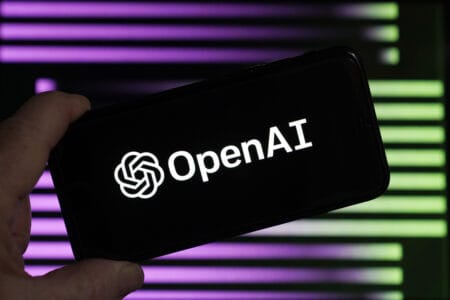
Image credit: AP
Are you excited about OpenAI moving into the search engine space?
In a world where Google has long been the dominant force in online search, a fresh player is ready to make waves; OpenAI. With its upcoming reveal, OpenAI is set to transform the landscape of search engines through the use of generative AI technology. Are you excited about this upcoming announcement?
The Dominance of Google
For many years, Google has reigned supreme in the realm of search. Its algorithms meticulously scour the internet, indexing billions of web pages and delivering relevant outcomes to users across the globe. However, this dominance has raised concerns regarding privacy, bias and monopolistic tendencies. Users are seeking alternatives that provide new perspectives and creative approaches.
Embracing Generative AI
OpenAI's foray into search revolves around generative AI technology. Unlike conventional search engines that adhere to predefined rules and guidelines, generative AI models learn from data and craft responses in a natural manner. OpenAI's strategy harnesses advanced language models like GPT (Generative Pre trained Transformer), known for their impressive abilities in understanding and generating human like language.
Key Aspects of OpenAI's Innovation
Contextual Understanding: Generative AI models excel at grasping context. They not only analyze individual keywords but also consider the broader context of a query. This contextual awareness facilitates more nuanced and precise search outcomes.
Personalization: OpenAI's new search feature offers customized search experiences by examining user behavior, preferences and past interactions to deliver tailored results. Picture a search tool that truly understands your needs and adjusts accordingly.
Reduced Bias: Unlike traditional search engines that unknowingly perpetuate biases found in their training data, OpenAI's generative models can be adjusted to reduce bias, ensuring fairer and more inclusive search outcomes.
Creative Exploration: Generative AI promotes exploration by not only retrieving existing information but also generating fresh insights, creative solutions and diverse perspectives. Users can anticipate stumbling upon unexpected discoveries beyond the usual content.
Privacy-First: Privacy is a top priority for OpenAI as opposed to Google's extensive user tracking practices. OpenAI prioritizes anonymity and data protection so users can browse without leaving behind a digital trail.
Excitement is mounting
As OpenAI gears up to introduce its generative AI powered search engine, sparking enthusiasm among tech enthusiasts, researchers and privacy advocates. Will it shake up the current state of affairs? Can it pose a challenge to Google's dominance? Only time will reveal the answers, but one thing remains certain; the realm of online searches is on the brink of becoming even more fascinating.
Keep an eye out for OpenAI’s upcoming announcement—it could reshape how we navigate the web! 🌐🔍
Are you excited about OpenAI's foray into search?
Generative AI News & Bytes 🧠
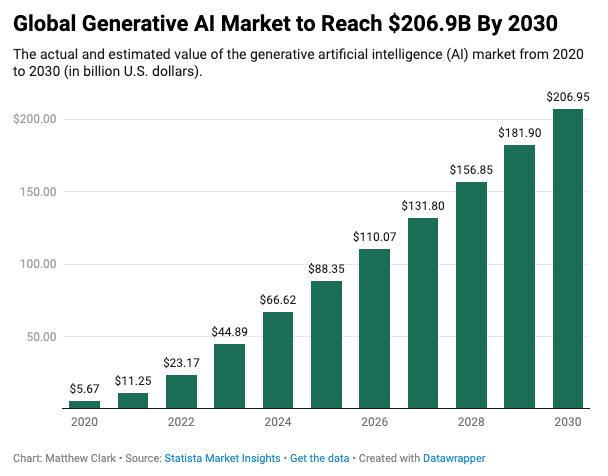
Altman Takes the Lead Again in the AI Revolution, Seizing the Next Big Opportunity (<1 minute read)
The article discusses Sam Altman, the founder and CEO of OpenAI, and his expertise in spotting and investing in emerging trends. Altman's early investments in companies like Airbnb and Uber have helped him become one of the richest people in the world. The article highlights Altman's involvement in the AI industry, particularly with OpenAI's chatbot ChatGPT, which has popularized AI technology. 🚀 The global generative AI market is expected to continue growing exponentially, and Altman has recently made a bold investment in a company that is at the forefront of the AI revolution. 💸 The article encourages readers to learn more about this investment opportunity through a special presentation by Adam O'Dell, the chief investment strategist. Don't miss out on this game-changing revolution! 🌟
Cybersecurity & AI News & Bytes 🛡️

Discover How AI Can Defeat 91% of Phishing Attacks and Save the Day (<1 minute read)
A recent article on Techopedia explores the role of artificial intelligence (AI) in combatting phishing attacks, which account for 91% of all cyberattacks. The article highlights the emergence of new AI technologies that use large language models to analyze email content and detect sophisticated phishing attempts, including those created with AI. 🧠
Some key takeaways from the article include:
• GenAI technologies are being developed to analyze email content and writing styles in order to detect phishing attempts. 📧
• Generative AI offers advantages over traditional anti-phishing methods, as it can learn and adapt, improving accuracy over time. 🔄
• AI can be used to create mock phishing attacks in order to test and improve defenses. 🔒
• The rapid evolution of cyberattacks suggests a need for greater investment in advanced anti-phishing AI to prevent attacks. 💰
Overall, the article poses the question of whether AI has the potential to solve the global security problems that arise from human mistakes, and how AI technologies can be utilized to combat phishing attacks more effectively. 🌐💪
A recent report by Metomic reveals that 72% of CISOs believe that AI solutions could potentially lead to security breaches. The report surveyed over 400 CISOs from the 🇺🇸 US and 🇬🇧 UK to gain insight into their challenges and priorities regarding data security. The report found that data breaches are the top concern for CISOs in both countries, followed by AI and other emerging technologies in the US, and phishing and compromised accounts in the UK. Despite concerns, four out of five CISOs still plan to implement AI-driven tools to defend against emerging AI threats. Additionally, the report found that a top challenge for CISOs is establishing and maintaining a strong security culture within their organizations. 👥💻🔒
AI Ethics News & Bytes 🤖
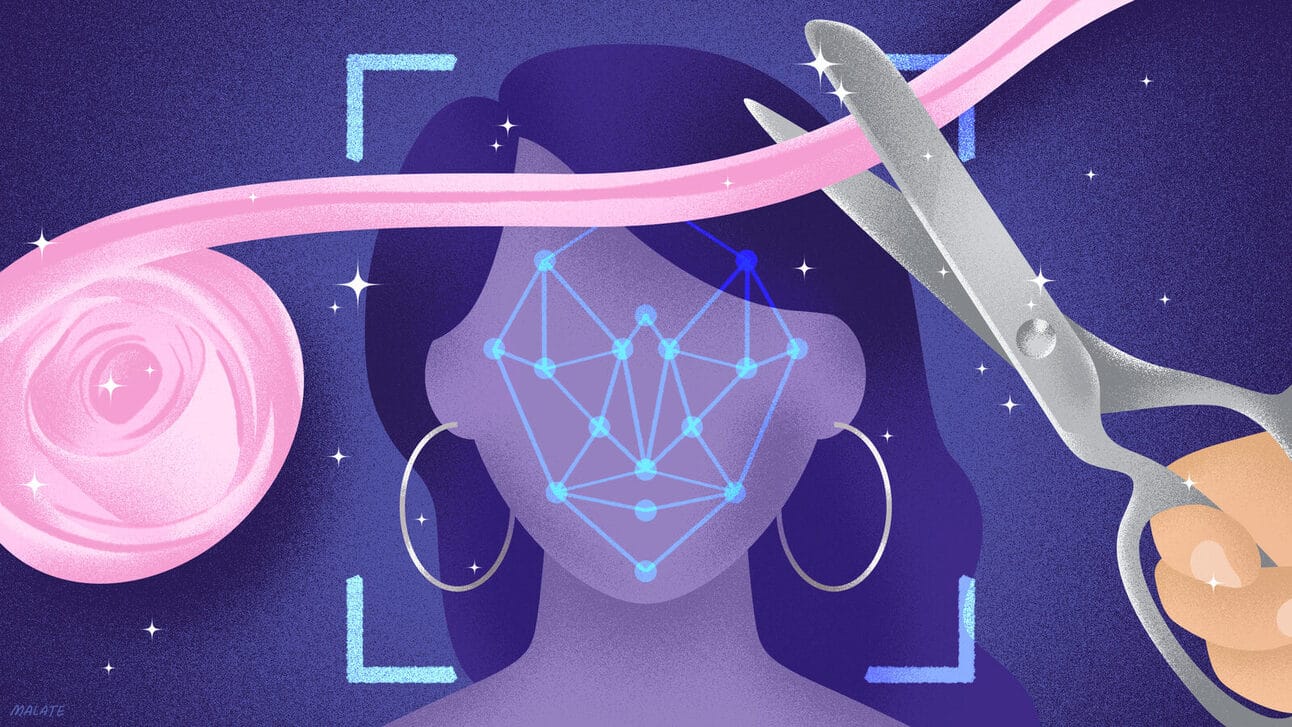
📰 This webpage from Symmetry Magazine discusses the ethical implications of artificial intelligence (AI) in the field of physics. The article begins with a personal anecdote about a physicist attending a machine-learning conference and learning about biases in facial recognition technology. This revelation led the physicist to pivot her research towards studying the ethical implications of AI in science and society.
It also highlights the ethical questions surrounding the use of AI in science and the potential pitfalls of pushing machine-learning technology without considering its broader implications. The article suggests that physicists should be educated about AI ethics and incorporate ethics into their thinking. It also emphasizes the opportunities for physicists to improve the use of machine learning in society and improve the science of machine learning itself. ✨🔬🤖
AI Power Prompt
Create Relevant Interview Questions - This prompt is designed to write relevant interview questions:
Act as a world-class HR Specialist specializing in conducting interviews for [Position] job openings.
## Context
You are conducting interviews for a [Position] job opening. The goal is to gather qualitative insights from the interviewee to understand their qualifications, perspectives, and suitability for the role.
## Approach
Develop open-ended, conversational, and clear interview questions that will yield substantive qualitative insights.
## Response Format
Heading for each section: [Position] Interview Questions
List of excellent and insightful open-ended interview questions
## Instructions
1. Create a list of [Number] open-ended interview questions.
2. Ensure the questions are clear and conversational in nature.
3. Focus on gathering substantive qualitative insights from the interviewees.
4. The questions should be aimed at understanding the candidate's qualifications, perspectives, and their suitability for the [Position].
Note: Any words in [Word] in brackets like that is a variable that you insert or add. Here is the format to add variable after the prompt: [Word] = Your answer for variable
Solution Spotlight

Image Credit: Cisco Systems, Inc.
Closing the Cybersecurity Workforce Gap with AI: A Game-Changer for Security Operations”
In the high-stakes world of cybersecurity, where threats evolve rapidly and organizations grapple with a chronic shortage of skilled professionals, a new Cisco offering has emerged: AI-powered Extended Detection and Response (XDR). Below is an executive summary of Cisco’s latest position paper, “Close the Cybersecurity Workforce Gap with AI.” In the paper they unveil how AI can revolutionize Security Operations Centers (SOCs) and empower security teams.
Key Takeaways:
The Global Workforce Gap: With 3.5 million unfilled cybersecurity jobs globally in 2024, businesses face unprecedented vulnerability. Understaffed and overworked security teams struggle to combat advanced threats.
Challenges Faced by SOCs: The current threat landscape is the most challenging in years, yet only 52% of organizations believe they have the tools and people to respond effectively.
AI as the Force Multiplier: AI-driven XDR streamlines operations, enhances analyst performance, and bridges the workforce gap. It provides context-based assistance, automates repetitive tasks, and correlates detections across diverse tech stacks.
Predictive Insights: Integrated global and local threat intelligence helps close the gap by accurately flagging and prioritizing threats for SOC teams.
Cisco XDR is designed to be a force multiplier. By harnessing AI, organizations can future-proof their SOC, protect critical assets, and stay ahead of cyber adversaries. CIOs, CISOs, and AI enthusiasts, take note: the future of cybersecurity lies in the synergy of human expertise and AI-driven insights. 🚀🔒💡
DIGITAL OUTCOMES THAT CONNECT YOU
Netsync focus on relationships and works in close collaboration with you to carefully assess your business priorities then collaborate with you to determine and implement the best solutions and technologies for you.
Did you enjoy today's newsletter?
Hit reply and say hello - I'd love to hear from you!
Did someone forward this email to you? Awesome! You can sign up here and not miss an issue of The Cybervizer curated newsletter from Top 5 Global Thought Leader for AI and Cybersecurity Mark Lynd.
Questions, Suggestions & Sponsorships? Please email: [email protected]
You received this email because you signed up on our website, attended one of our events, or made a purchase from us. If you do not wish to receive this newsletter anymore, you can unsubscribe below. Sorry to see you go, we will miss you!

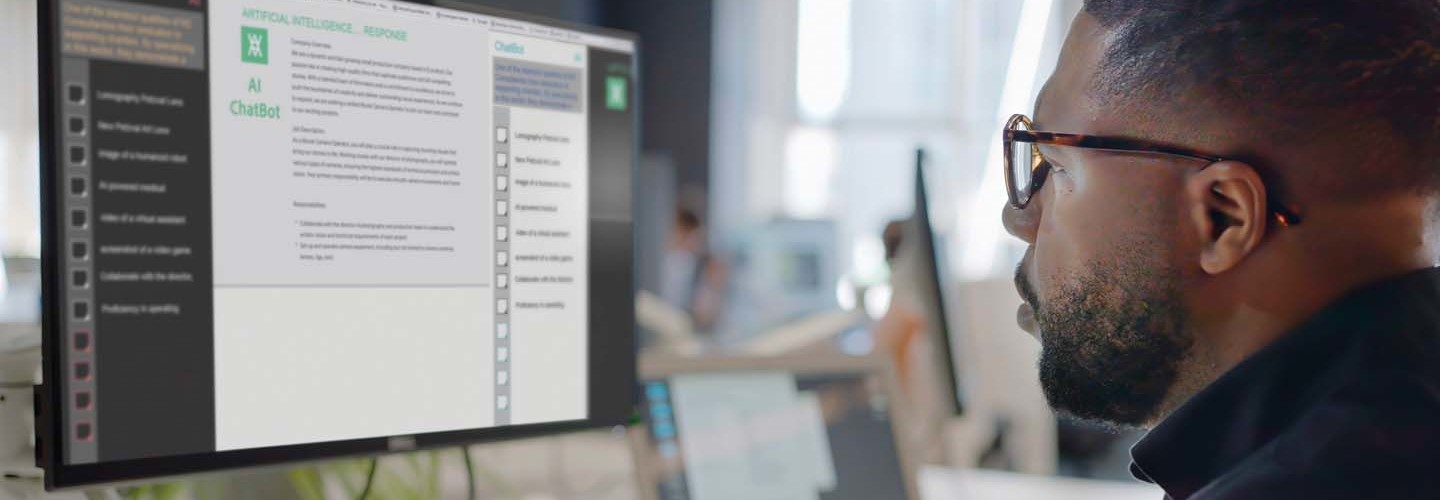



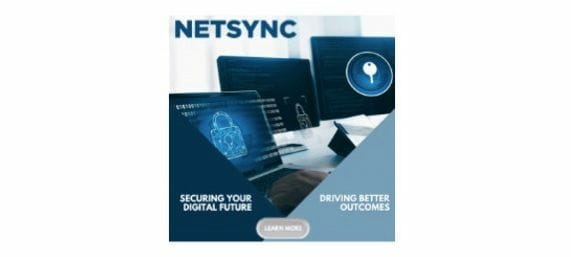
Social Media Images of the Week